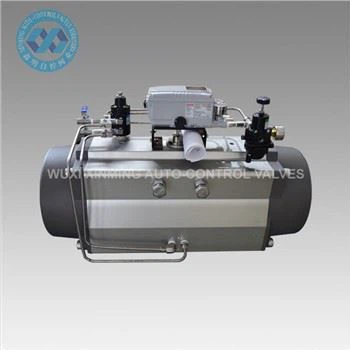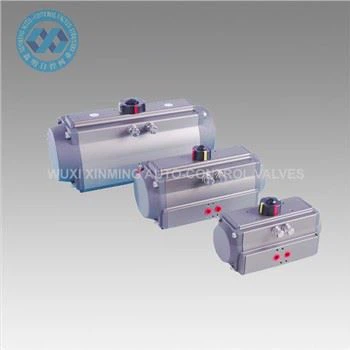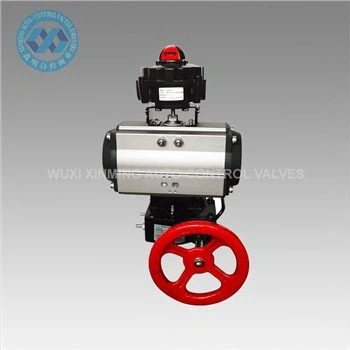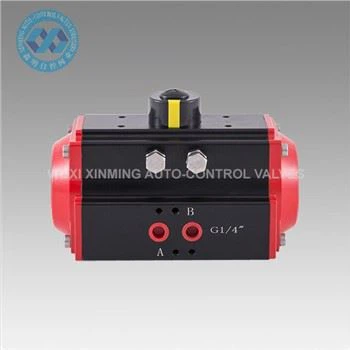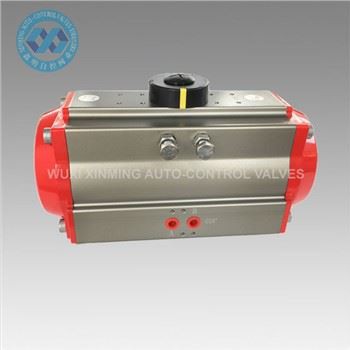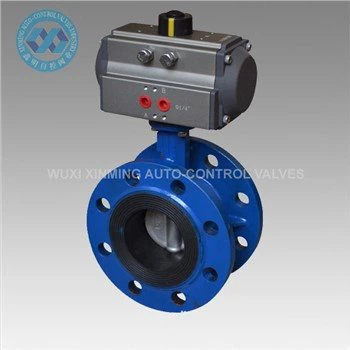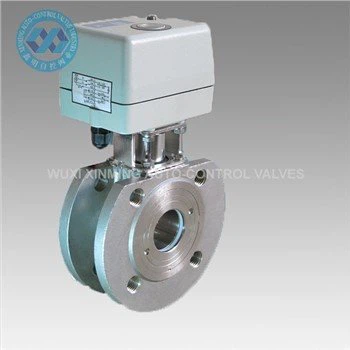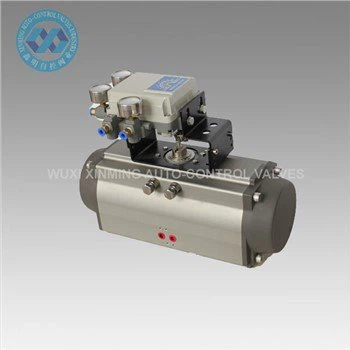Selecting the right pneumatic actuator for your application requires accurate torque calculations to ensure optimal performance and avoid under- or over-sizing. This guide outlines key steps and formulas to determine the torque needed for your system.
Key Concepts
- Torque: Rotational force (in Nm or lb-in) required to move a load (e.g., a valve).
- Actuator Output Torque: Generated by compressed air acting on the piston or diaphragm.
- Breakaway Torque: Initial force needed to start movement (static friction).
- Running Torque: Sustained force to keep the load moving (dynamic friction).
Factors Affecting Torque
- Air Pressure (psi or bar): Higher pressure increases force.
- Actuator Size (piston/diaphragm area): Larger area = greater force.
- Friction: Seals, bearings, and load resistance.
- Lever Arm: Distance from the actuator’s pivot point to the load.
Basic Torque Formula
The torque () of a pneumatic actuator can be calculated as:
Where:
- = Air pressure (psi or bar)
- = Effective piston/diaphragm area (in² or cm²)
- = Efficiency (typically 0.8–0.95 for pneumatic systems)
- = Lever arm distance (inches or meters)
Step-by-Step Calculation
-
Determine Air Pressure:
Ensure supply pressure matches actuator specifications (e.g., 80 psi). -
Calculate Effective Piston Area:
For a double-acting piston:= Piston diameter (inches or cm).
-
Factor in Efficiency:
Account for losses (e.g., friction) by multiplying by . -
Compute Force:
-
Convert Force to Torque:
Multiply force () by lever arm distance ().
Example Calculation
Application: Rotating a valve requiring 500 Nm torque.
- Actuator: Double-acting piston with 4-inch diameter ().
- Air Pressure: 100 psi.
- Lever Arm: 2 inches.
- Efficiency: 0.85.
- Piston Area:
- Force:
- Torque:Result: The actuator provides 241 Nm torque. To achieve 500 Nm, increase lever arm, pressure, or piston size.
Critical Tips
- Safety Margin: Add 25–50% to calculated torque to account for wear or variable loads.
- Dynamic vs. Static Torque: Ensure the actuator’s rated torque exceeds both breakaway and running torque.
- Manufacturer Data: Use torque charts or software tools provided by actuator suppliers for accuracy.
Common Mistakes
- Ignoring friction losses in seals or linkages.
- Using incorrect units (e.g., mixing psi and bar).
- Overlooking temperature effects on air pressure and seal performance.
Conclusion
Accurate torque calculation ensures reliable actuator performance and longevity. Always validate results with real-world testing, especially in high-load or safety-critical applications. For complex systems, consult engineering resources or actuator manufacturers to refine your design.
If you want to learn more about low-priced products, please visit the following website: www.xm-valveactuator.com


